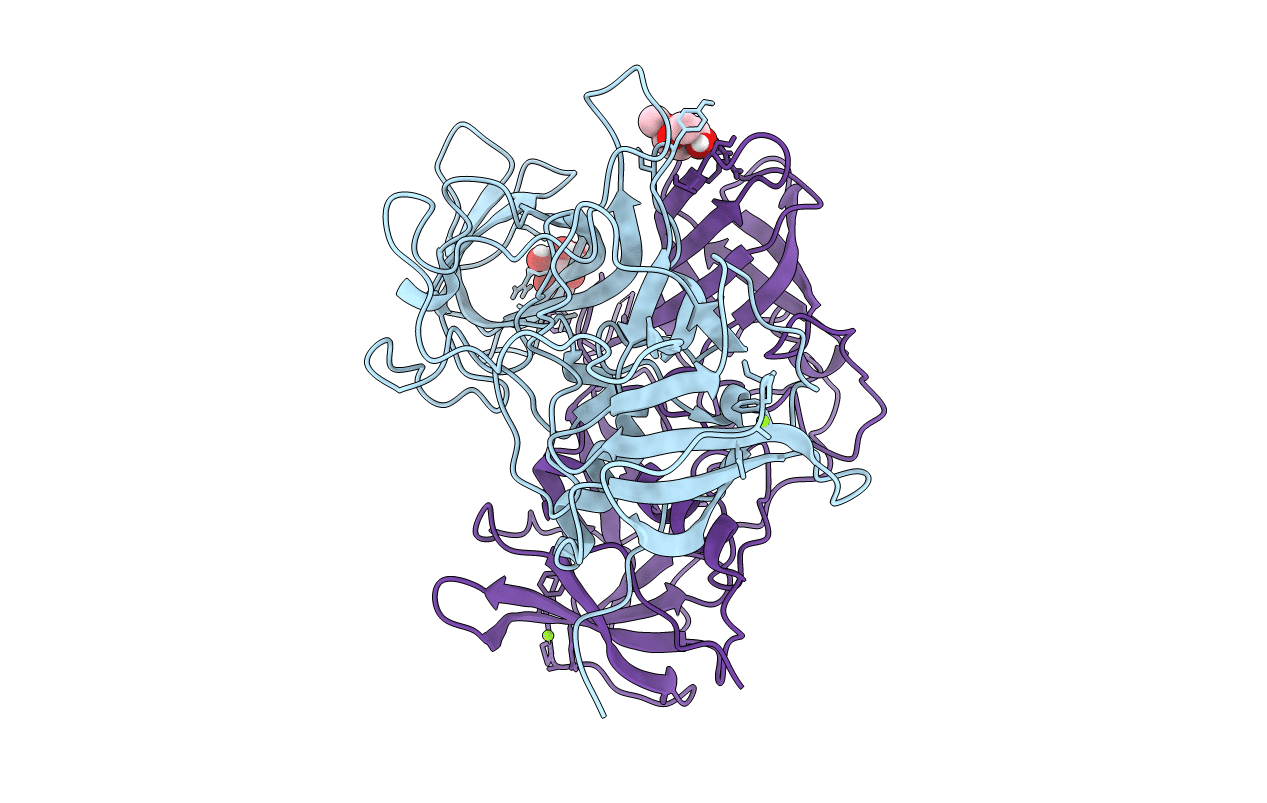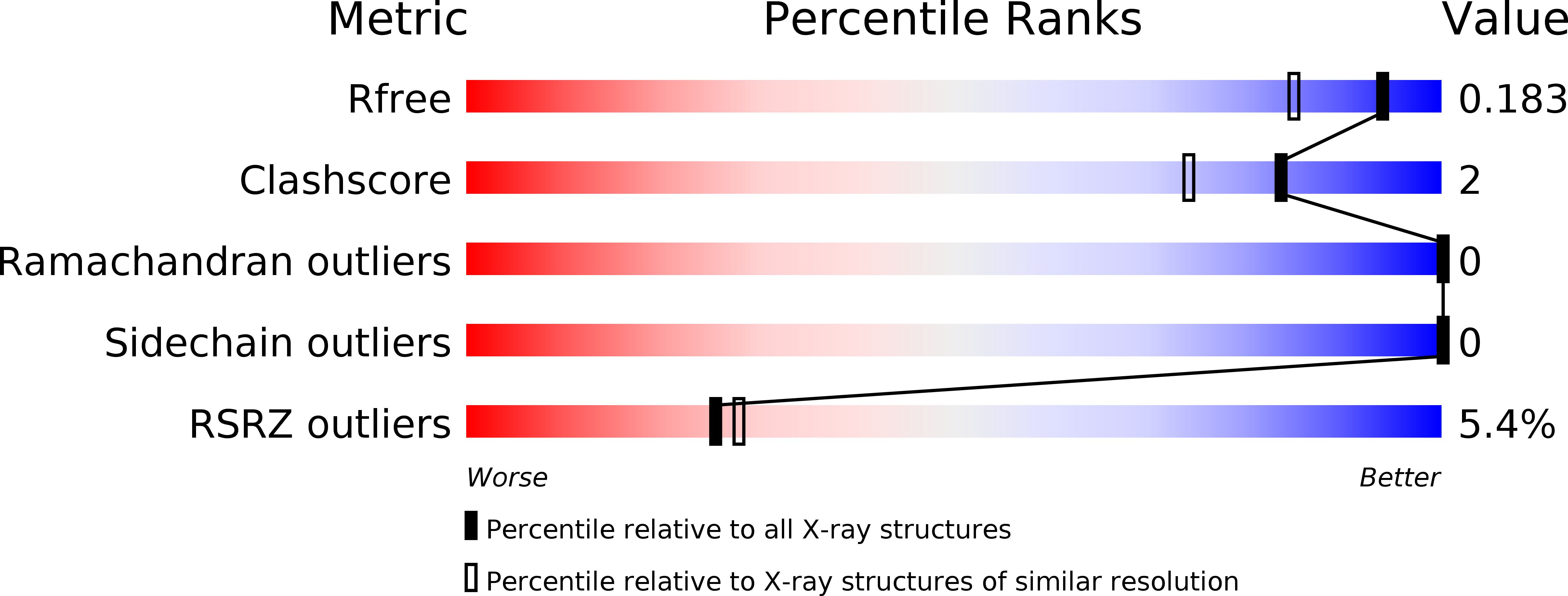
Deposition Date
2018-08-06
Release Date
2019-04-03
Last Version Date
2024-11-13
Entry Detail
PDB ID:
6H9V
Keywords:
Title:
Crystal structure of deaminated P domain from norovirus strain Saga GII-4 in complex with Fuc
Biological Source:
Source Organism:
Norovirus Hu/GII-4/Saga4/2006/JP (Taxon ID: 546981)
Host Organism:
Method Details:
Experimental Method:
Resolution:
1.52 Å
R-Value Free:
0.18
R-Value Work:
0.14
R-Value Observed:
0.14
Space Group:
P 1 21 1


